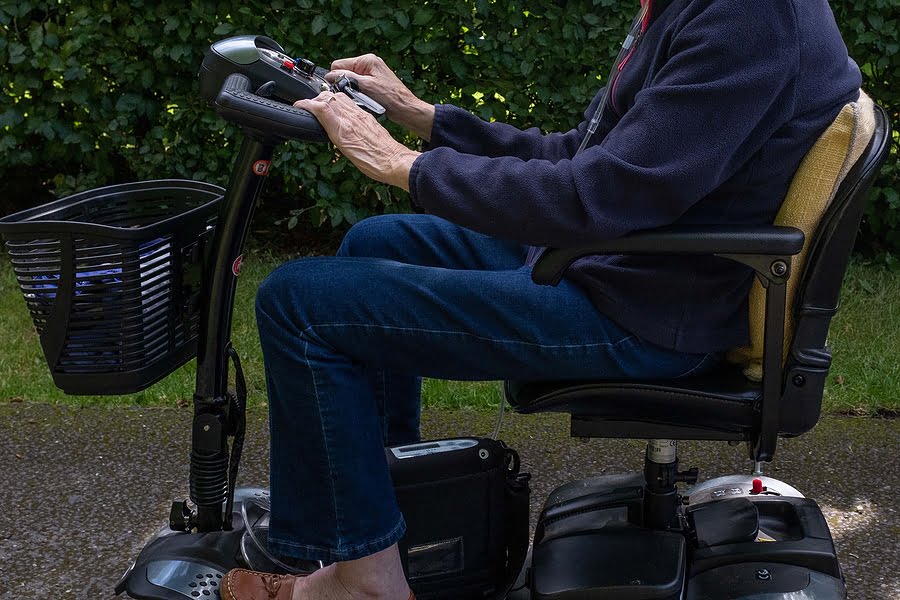
The Evolution Of Powered Mobility Aids
Powered wheelchairs and mobility scooters are a lifeline to allow people with mobility limitations or disabilities the freedom to travel and live more independently.
Despite powered mobility aids such as these existing for less than a century, they have seen rapid evolution that has enabled them to handle a changing world and help several generations of people with their mobility needs.
The First Powered Wheelchair
The first mobility aid for people with disabilities was a self-propelled wheelchair invented by Stephan Farffler in 1655.
Mr Farffler was a German watchmaker who had mobility issues (scholars debate as to whether he was an amputee or paraplegic) and using his knowledge of mechanisms and gears created a vehicle he could move using a series of gears and hand cranks.
This device predates the bicycle by nearly two hundred years, as well as predating the next generation of mobility aid in the form of the bath chair.
The chairs, so named as they would take sick, injured and disabled people to the spa waters of Bath, resembled a rickshaw and would be pulled by either people or animals from the early part of the 18th century.
From Self-Power To Motor-Power
Once powered motoring became the norm in the UK, inventors and engineers started to work on ways to add power to the bath chair. Eventually, two companies would step up and provide an evolution to mobility aids.
The first was Stanley Engineering, who under the name Argson developed powered mobility aids until they developed the Runnymede in 1936. There were various versions available that used either 2-stroke petrol engines or an electric motor.
The other company was tricycle firm R A Harding, which first produced hand-propelled tricycles in 1921 until adding petrol and electric motors to the vehicles starting in 1926.
However, whilst they worked outside, they were not completely practical, and it would take a different approach to create mobility aids that would work for everyone.
This approach would be found in the mind of a prolific Canadian inventor.
The First Electric Wheelchair
George Klein was born in 1904 and has invented, among many other devices, robotic arms for spacecraft, the first staple gun suitable for microsurgery, an international system for classifying snow, skis for aircraft, and the electric wheelchair.
After the end of the Second World War in 1945, Mr Klein wanted to create a motorised wheelchair that could be used by veterans that had been wounded after the war.
The key innovation in Mr Klein’s design, completed in 1953 was altering the way the wheelchair would drive compared to a powered tricycle, removing the front wheel and allowing for smaller turning circles and movements more suitable for indoor use.
He also incorporated a joystick onto the armrest, which has since become a standard feature in electric wheelchairs and allows for much easier, one-handed control compared to the cranks and levers used in previous machines.
A year another innovation would arrive largely by accident. Sears launched an electric wheelchair in 1954, but due to its larger bulky seat, three wheels and extra battery life it resembled what would become the mobility scooter.
Since then the two mobility aids have diverged further, focusing on the different strengths and needs that are met by both electric scooters and electric wheelchairs.
For more information about mobility aids in Reading, please contact us today.

